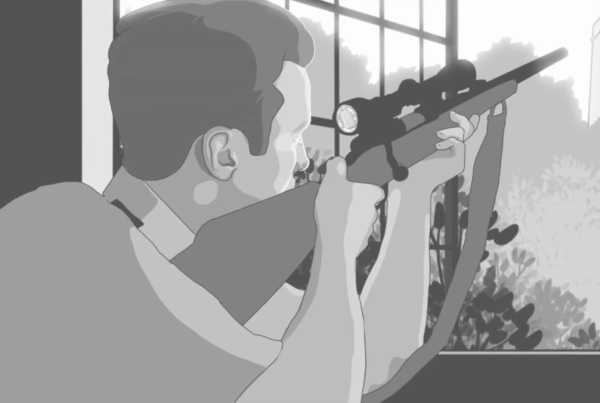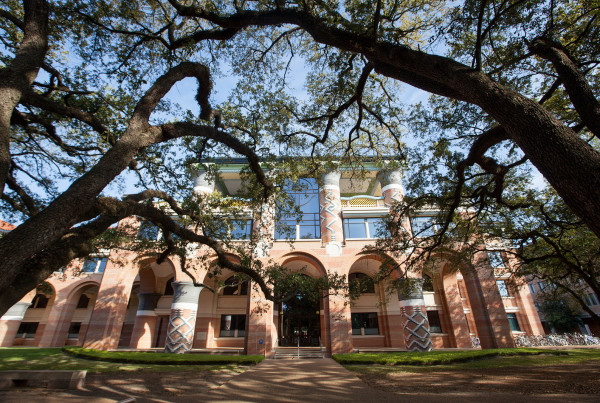Local activists in West Texas are taking their first steps to prevent the development of the Castner Range in the Franklin Mountains. Public officials and wilderness coalitions met Thursday to announce the first study of archaeological sites scattered throughout the mountain range.
According to officials, the 7,000-acre mountain range located at the foot of the Chihuahuan desert harbors a diverse ecology of migrating birds and animals – not to mention an abundance of ancient petroglyphs and rock art. Upon the study’s conclusion, the power lies with President Barack Obama on whether to designate the land a national monument.
Archeologist Elia Perez recently authored the study “Archaeological and Historical Background Study of Castner Range” about the key role the region plays in the nation’s shared history.
“You’re talking about a connection to our heritage for everybody – not just El Paso,” Perez says. “You have the vistas, the views, the Franklin Mountains that are sacred to a variety of Native American groups. So it’s just an issue of preserving a part of our history.”
The latest protectionist effort is new, but when you have a history that dates to the Archaic Period (8000 B.C. to 2000 B.C.), there’s very little that hasn’t been done. Advocates have floated the idea of protecting the sensitive area for at least 50 years. But Perez says the fear of failure isn’t discouraging.
“It’s a really beautiful landscape. But at the same time, it’s the urban sprawl, it’s constant development,” she says. “I get it— you want to grow. But sometimes we need those open spaces. Otherwise, later on in the future when we’re gone, we’ll be complaining about what happened to the open spaces.”
El Paso’s growing footprint is proving the biggest impetus for safeguarding the region for future generations. The area lies inside the Fort Bliss army base, but the area is situated right in the crosshairs of development.
“It’s right smack in the middle of urban sprawl,” she says. “And at the same time, every once in a while you have people that want to hike in there and it creates problems. So this way – not only are you preserving the archaeology, the history that’s there – but you’re also preserving the last of the open spaces.”
Post by George Economos.

















